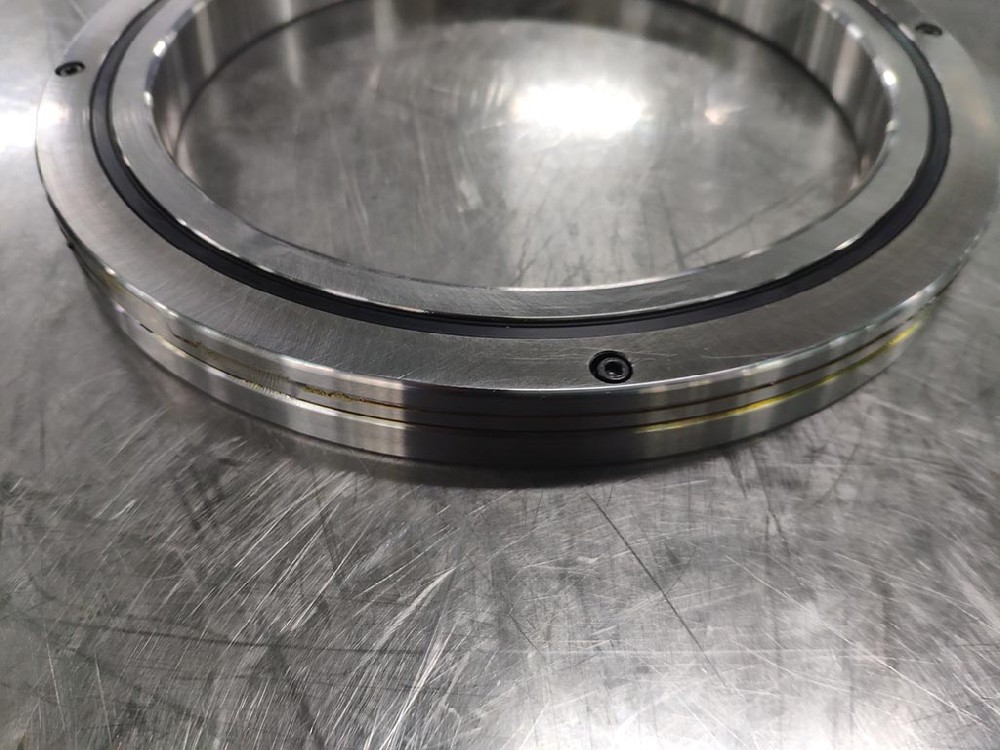When selecting bearings, several important parameters should be based on: bearing load, bearing speed, alignment requirements, allowed space, bearing installation and disassembly, tolerance level and price. Bearings mainly play a role in supporting and reducing friction in machinery, so the accuracy and noise of the bearings are directly related to the use and life of the machinery. Generally speaking, the steps for selecting bearings can be briefly summarized as the following three points.
According to the working conditions of the bearing, including load direction and type, rotation speed, lubrication method, coaxiality requirements, positioning or non-positioning, installation and maintenance environment, ambient temperature, etc., select the basic type, tolerance level and clearance of the bearing.
According to the working conditions, stress conditions and life requirements of the bearing, determine the bearing model through calculation, or select the bearing model according to the usage requirements, and then check the life span.
Check the rated load and limit speed of the selected bearing. The main considerations in selecting bearings are limit speed and load capacity. Other factors help determine the final solution of bearing type, structure, size, tolerance grade and clearance requirements.


